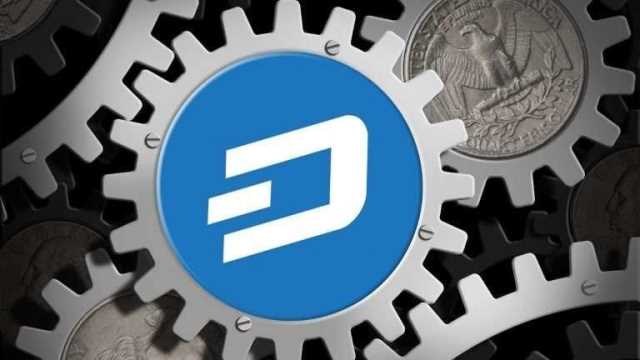
At the time of writing, a Bitcoin transaction costs between $10 and $30. Sending Bitcoin starts with a Bitcoin wallet for sending, receiving, and securing BTC. The wallet’s primary function is allowing you to generate and store your private keys, the keys that give you control over your Bitcoin accounts. Most wallets, unless you opt for a paper wallet, also offer some sort of interface; allowing you to create and confirm transactions and then execute them on the Bitcoin blockchain. The recipient will not receive the amount selected; instead, they will receive the amount minus transaction fees. The Bitcoin network requires transaction fees as an incentive for miners to include transactions in blocks, thereby processing them.
How much does it cost to send someone Bitcoin?
This is true in the U.S. and in countries around the world, many of which are still determining whether to sanction the use of cryptocurrencies at all, and if they do, how to regulate them. The process relies on a network-wide consensus that essentially backs the validity of each transaction, even without a central authority. Once a miner has completed a certain number of calculations to verify a block of transactions on a given blockchain platform, they may be rewarded with new coins — if they are the first to verify the block.
Send and receive Bitcoin with the right crypto platform

Its wallet is highly rated, and you don’t need a Coinbase account to use its app. Bitcoin miners use powerful computers to verify blocks of transactions and generate more Bitcoins — a complex, time-consuming process called proof-of-work (PoW). Each block of transactions is logged permanently on the blockchain, which helps to validate and secure each Bitcoin and the network as a whole. Owing to the vast number of computers or nodes on the Bitcoin blockchain, the PoW process ends up using so much energy that many people question whether it’s sustainable, as noted.
What is the Bitcoin Network Fee?

The bitcoin wallet where your money ultimately ends up can be located anywhere in the world, making it tough for law enforcement to track down the criminals. Typically, MacKenzie said, the suspects will keep the person on the phone, telling them not to hang up or talk with anyone about this problem. The consumer usually goes to a bank — or a few bank branches — to withdraw money first and then deposit that cash into the bitcoin ATM. Bitcoin exchanges provide a platform for traders and investors to place market or limit orders or purchase and sell Bitcoin to others. Similar to stock and commodity exchanges, online Bitcoin marketplaces usually designate Bitcoin participants as market makers or takers. A market maker is a trader who always tries to buy and sell at the best ask and bid, and a market taker tries to execute their trades immediately.

These addresses each have characters and start with either ‘1’,’3’, or ‘bc1’. Users generally pay a transaction fee, which serves a dual purpose as an anti-spam mechanism and financial incentive for miners to process transfers. It is important to always get a snapshot of charges before sending anything in order to avoid surprises. As noted above, users How to Send Bitcoin are charged a transaction fee whenever they send Bitcoin. A Bitcoin transaction fee refers to the amount that a user pays to miners in order to have their transaction included in the blockchain. The higher the fee paid by the user, the greater the likelihood that their transaction will be promptly selected, as each block has limited space available.
Example of a Bitcoin Exchange
How To Send Bitcoin to Another Wallet
- Making deposits and withdrawals comes at a price, depending on the payment method chosen to transfer funds.
- Scams involving cryptocurrency have surged alongside the price of Bitcoin, which today is worth about $60,000, roughly double its value a year ago.
- SoFi has no control over the content, products or services offered nor the security or privacy of information transmitted to others via their website.
- “Do not open a bank or cryptocurrency account at someone else’s direction. Fraudsters will lie to persuade you to help them.”